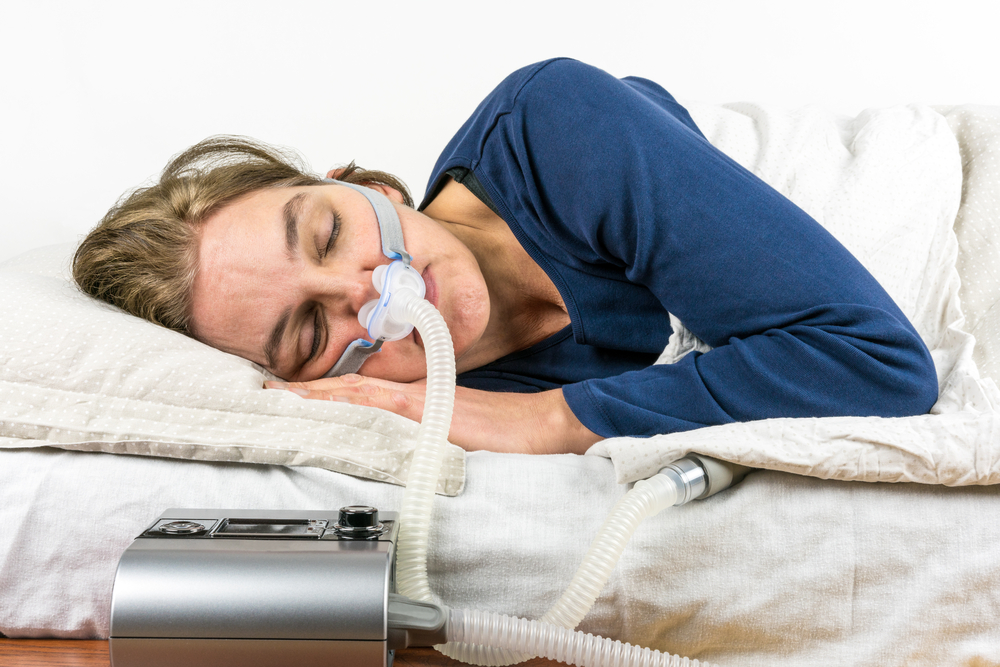Appropriate Healthcare for Women with DMD Can Markedly Improve Quality of Life and Sleep

Ensuring appropriate healthcare is provided in Duchenne muscular dystrophy (DMD) can markedly increase the quality of sleep and quality of life, according to a study of two case reports of women who are carriers of the disease and manifest symptoms.
“Symptomatic female carriers should also be evaluated for muscle weakness and sleep impairment,” wrote the researchers, who published their findings in the journal Sleep Science.
DMD is a rare condition that mostly affects boys. This is because the mutated gene responsible for the disease is situated in the X chromosome, and since girls have two X chromosomes, the healthy gene found on the other X chromosome can usually compensate for the effects of the disease-causing gene.
However, approximately 1 in 50 million girls (compared to between 1 in 3,500 and 1 in 6,000 boys) are so-called manifesting carriers of the disease. What this means is they also show signs and symptoms of the disease such as muscle weakness and sleep disturbances. These symptoms can vary from mild to severe and may require the same treatment and care as for boys with the condition.
Dr. Gustavo Moreira of the Department of Psychobiology at Universidade Federal de São Paulo in Brazil and co-authors of the study, “Phenotypic contrasts of Duchenne Muscular Dystrophy in women: Two case reports,” wrote about two women who are symptomatic carriers of DMD but with very different disease severity.
The first patient is a 20-year-old woman “with classical phenotypic manifestation of the disease, similar to the condition in boys.” She first showed signs of the disease when she was 18 months old with enlarged calf muscles, a typical manifestation of the disease. When she was 5 years old, she found it difficult to get up from the floor and had frequent falls.
Her condition deteriorated quickly and by the age of 9 she lost the ability to walk and needed to use a wheelchair. This is even younger than the age at which most boys with the condition require a wheelchair. At 10 years old, she had shortness of breath on moderate exercise and temporary cessation of breathing while sleeping (sleep apnea). Medical tests showed she had reduced lung function, which required noninvasive mechanical ventilation and which she is still using.
The second patient is a 62-year-old woman with much milder symptoms of the disease. Muscle weakness in her legs first appeared when she was 56 and progressed over the years. She also had sleep apnea, daytime sleepiness, mood changes, morning headache, sudden awakening, and fragmented sleep.
After conducting lung function tests, doctors decided that like the first patient, she needed noninvasive mechanical ventilation to help her breathe. The patient is still able to walk, albeit with the help of a walking stick.
These two cases show how different the manifestation of Duchenne MD can be in females carriers of the disease and highlight the effect of the disease on sleep. The study also underscores how appropriate healthcare can increase the quality of sleep and life in manifesting carriers of the disease.






